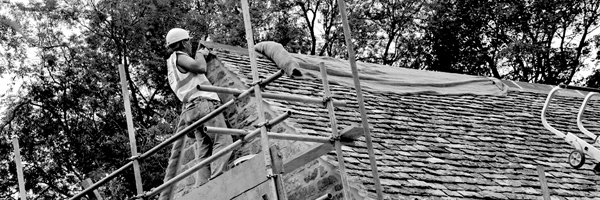In an attempt to simplify the existing Construction (Design and Management) Regulations (2007), the Health and Safety Executive (HSE) looks set to replace these with a different set of regulations – dubbed the ‘new CDMR’.
The consultation period for the draft Construction (Design and Management) Regulations 2014 ran from the 31st March to the 6th June 2014. It’s hoped that these proposed alterations to the existing CDM Regulations (2007) will make this legislation much easier to understand. These regulations are likely to come into force from April 2015.
What are the CDM Regulations (2007)?
The CDM Regulations and the accompanying Approved Code of Practice (ACOP) were initially introduced in 2007. Their main aim was to focus attention on the planning and management of construction projects and to make sure that health and safety factors are included as standard during such construction projects.
In short, these regulations are a vital piece of health and safety legislation which apply to almost all types of construction, engineering and property development projects where people are at work.
However, where work onsite is expected to last longer than 30 days or involve more than 500 person days (e.g. 50 people working for over ten days) of construction work, additional steps must be taken to notify your HSE in writing – using form F10.
For more information on this legislation, please take a look at our Knowledge Base section on the existing CDM regulations.
How will the new CDM regulations differ?
Following an independent review carried out in 2011, the need to update both CDM and ACOP legislation was highlighted as a priority. This news was warmly welcomed by long-standing critics of this legislation, frustrated by the level of bureaucracy and red tape hindering work on construction sites.
Amongst the changes proposed to make these regulations more user-friendly key points included are:
- Replacement of the CDM coordinator role with a ‘principal designer’ position.
- Inclusion of domestic clients (currently exempt) in these new regulations.
- Replacing the current ACOP with more straightforward, practical guidance on compliance.
- Simplification of the regulations: to include just 38 regulations and 3 schedules.
- Addressing the need for the implementation of specific minimum health and safety requirements at temporary or mobile construction sites.
What will the new CDMR mean for ongoing renovation projects?
Understandably, talk of the new legislation coming into force next year has caused concern amongst those currently involved in construction or property development projects – especially as regards what will happen to their appointed CDM coordinator.
Since no transitional period has been planned for the introduction of these new regulations, the HSE has stated that where a CDM coordinator has been appointed to your project, they will be allowed either to continue working until up to six months after the new CDMR has come into force or until the end of the project – whichever of the two occurs first.
This means that it’s important, for the time being, that when starting a new project, your appointed CDM coordinator is retained on terms that include the termination of their role when the law does eventually change.
The future of CDM Regulations
Although the consultation period for these new regulations has now closed, you are still able to take a look at the details of the draft document CD261 consultation on replacement of the construction (Design and Management) Regulations 2007 on the HSE website.
Otherwise, for more information on how these proposed changes may affect your renovation project, please don’t hesitate to contact us directly.





